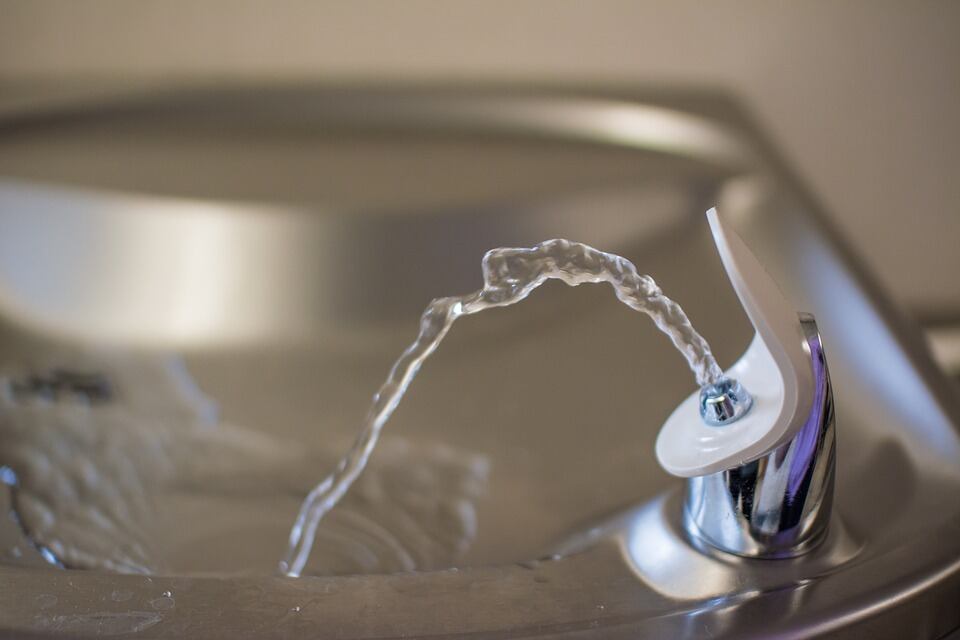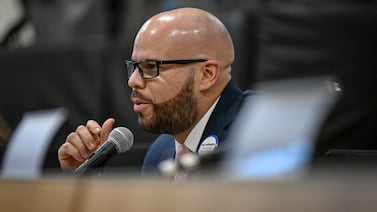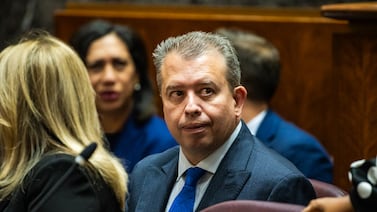The Indiana State Health Commissioner on Tuesday clarified the state’s guidelines for reopening schools, which some school leaders have criticized for putting too much responsibility on individual districts.
During a webinar the state’s Department of Education hosted, Dr. Kristina Box, answering questions from district leaders, expanded on the 38-page recommendations released by the state earlier this month.
School districts statewide are scrambling to come up with their own plans for reopening next school year, after buildings were closed for months to prevent the spread of the coronavirus. Reopening campuses is one of the last and trickiest steps in Gov. Eric Holcomb’s plan to lift statewide restrictions. In Indiana, hundreds of new COVID-19 cases continue to be reported daily.
Here are five key takeaways from Box’s advice for schools:
1. School reopening plans don’t have to be approved by local health departments.
While county health departments will have the authority to intervene and potentially close schools in the event of an outbreak, they aren’t required to provide oversight at this point. Box said they can offer resources and advice, but don’t have to sign off on districts’ plans.
State Superintendent Jennifer McCormick has largely instructed districts to work with local health departments to decide what’s best for everything from how to maintain social distance on a school bus to how long to shut down buildings should a student or teacher test positive for the virus.
Districts’ plans also won’t be turned into the state Department of Education. That’s a change from this spring, when the state reviewed hundreds of remote learning plans.
2. Masks will be key to preventing the spread of COVID-19.
Box repeatedly said that wearing face masks will be key to keeping schools safe, along with implementing social distancing protocols. She recommended that both students and staff wear masks, although she acknowledged that may be more difficult to enforce with younger students.
A covering that sits close to your mouth offers the best protection, she said. But if children are more comfortable wearing a face shield, she has “no objection to that.” Box recommended students wear masks on the bus, especially if a district can’t allow for six feet of distance between students.
The state is purchasing 2 million cloth masks, which will be distributed to schools.
3. Self- or home-screening is highly recommended.
Screening all students and staff for coronavirus symptoms at school every day may not be realistic, Box said, echoing the concerns of some school leaders. Those waiting to have their temperature checked could congregate and an unsafe distance, Box said. And often the person performing the screening ends up testing positive.
Instead, Box recommended that families be given a checklist of symptoms, including a 100.4-degree fever, to check their child for every morning. Not sending a sick child to school will be critical, she said.
4. Water fountains should be shut down.
Federal guidance is clear that water fountains should not be used because they are classified as “high-touch” areas, Box said. Students should be encouraged to bring their own water, she said. Or teachers can refill their water bottles, disinfecting them before and after using the fountain.
McCormick also noted that schools can now include bottled water in reimbursements under the federal school lunch program.
Other high-touch areas to avoid include cafeteria surfaces, especially serve-yourself options, such as a salad bar, Box said. And students should be encouraged to wash their hands before eating.
5. Schools should be cautious about activities, including athletics and choir.
Under the state’s guidelines, schools can safely restart extracurricular activities after July 1 if they follow a list of precautions, including limiting interpersonal contact as much as possible, making hand sanitizer available, reducing the number and length of events, and limiting locker rooms to 50% capacity.
Box said school should make decisions about extracurriculars cautiously. Administrators should keep in mind that the coronavirus can be spread by workout equipment, she said, which schools and universities have experienced during past outbreaks of other viruses.
Activities should be moved outside or into the auditorium to allow for maximum social distancing, she said. This could be especially important for choir, when students are singing loudly and likely not wearing masks. Box referred to one case in which a single member of a church choir who had COVID-19 infected 87% of the group.
Clarification: June 17, 2020: This story has been updated to say schools can include bottled water in federal lunch reimbursements.





